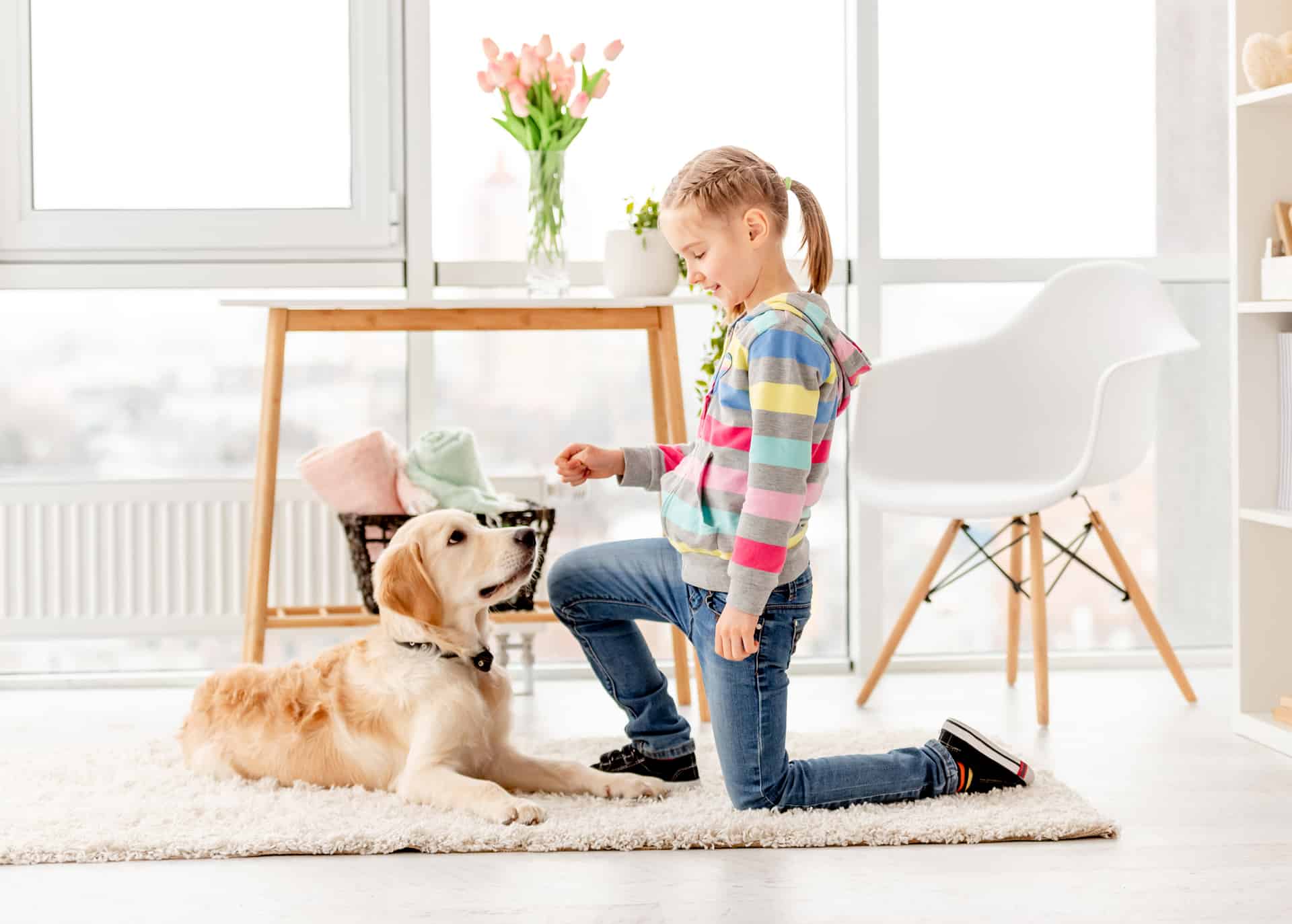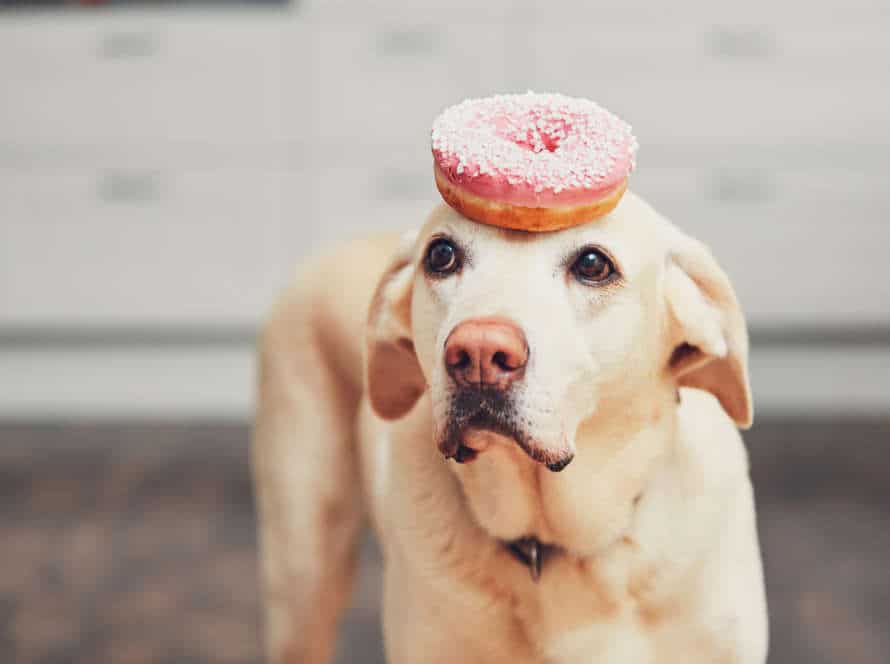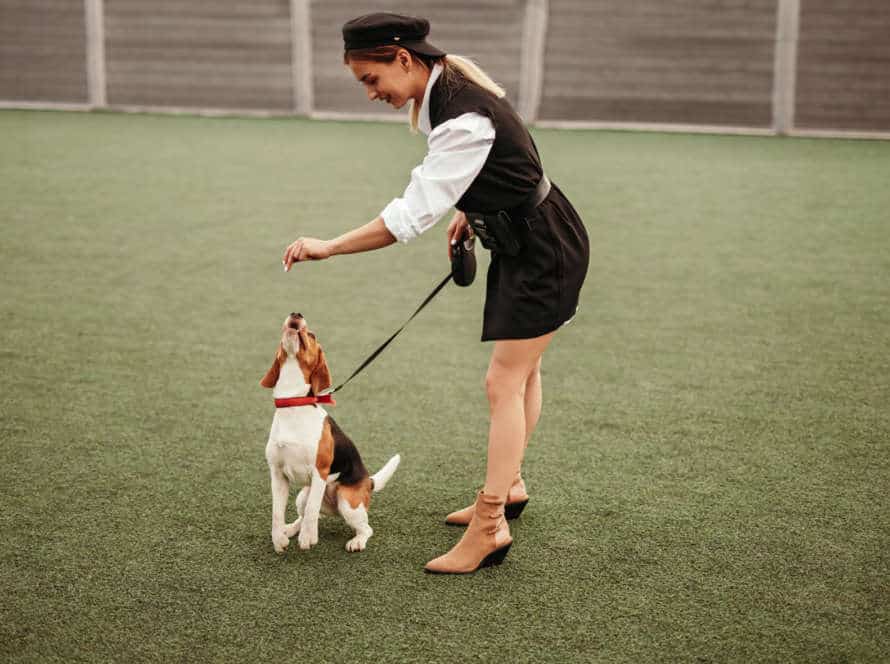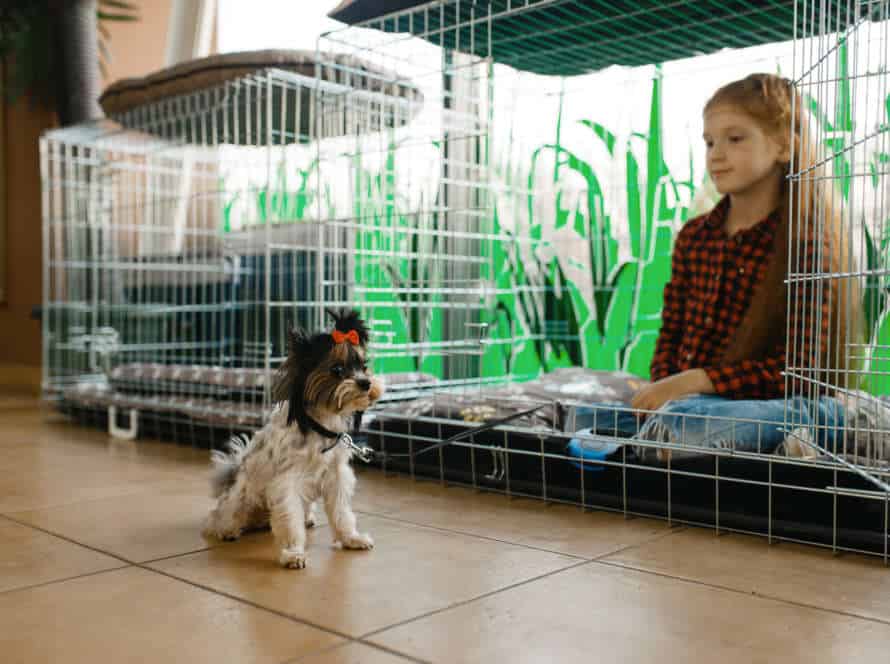How to Identify and Address Marking Behavior in Dogs
Marking behavior in dogs can be a real pain for dog owners. To tackle it, the first step is to figure out why it’s happening. It’s usually caused by two things: hormonal imbalances from spaying or neutering, or a behavioral/territorial urge.
To address this, try these tips:
- Get your pup spayed or neutered, to reduce hormone levels.
- Take your dog out often, to establish a routine and minimise accidents.
- Train your pup with positive reinforcement techniques, to change their behaviour.
- Use aids like dog diapers and belly bands, until the behaviour is under control.
In summary, changing marking behaviour in dogs takes patience, persistence and consistency.
Understanding Marking Behavior in Dogs
Marking is common in dogs. It can be difficult to understand why they do it. It’s not always a sign of bad behavior. It’s an instinctual reaction to certain environmental factors. To prevent it from becoming a problem, we need to know why the dog feels the need to mark. We must also work to address the root cause.
Distinguish marking from urination
Marking behavior in dogs may appear like urination. It is vital to know the difference for successful training. Urination is when a dog releases a lot of urine and is not always behavioral. On the other hand, marking involves a dog lifting their leg and peeing a bit. It is a natural way for them to communicate and mark territory.
Here are some tips to address marking:
- Consistent training and supervision.
- Neuter or spay your dog.
- Positive reinforcement with treats and praise.
- Consult a professional dog trainer.
Remember, marking is natural. Address it in a positive way.
Recognize the various types of marking behaviors
Dogs can mark in various ways. It’s essential for owners to recognize these behaviors and handle them the right way.
Here are some common marking behaviors in dogs:
- Urine marking: This is the most frequent type of marking. Dogs deliberately put urine on walls, doors, and furniture.
- Fear-based marking: If a dog is scared, troubled, or anxious, it might pee or poo as a way of dealing.
- Territorial marking: Dogs may mark their space or property to keep other dogs away.
- Sexual marking: Un-neutered males may mark when a female is around.
Pro Tip: Knowing what type of marking your dog is doing helps you address it. You can use positive reinforcement training, repellent sprays, or get help from a professional dog trainer.
Determine how often and where the dog marks
Marking behavior is a common issue with dogs. To understand it, you must know the causes and signs.
Signs include:
- Urine marking in the same spot often.
- Lifting of the leg or backing up when marking.
- Excessive sniffing before marking.
- Marking in busy areas like doorways and furniture.
To address this behavior, identify the trigger. Is it anxiety, a need to protect territory, or lack of training?
Then, reduce or eliminate the trigger. Give more potty breaks, use crate training, or get professional help.
A pro tip: Positive reinforcement works to redirect bad behavior in dogs.
Identifying the Cause of Marking Behavior
Pee-marking is a common problem with pooches. It can be irritating for owners. What is it? How does it occur? Knowing this will help people tackle the problem.
Medical issues that can lead to marking behaviors
Male dogs have a natural urge to mark their territory. But, it could also be caused by medical issues such as:
- Urinary tract infections. Dogs with UTIs pee a lot and may mark indoors or outdoors.
- Bladder stones. These dogs have difficulty peeing and may mark.
- Hormonal imbalances. Low testosterone levels can lead to marking to show dominance.
- Incontinence. Older dogs may have accidents and mark to hide them.
- Prostate problems. Enlarged prostates can cause peeing problems and marking.
If your pup’s marking is different or too much, take them to the vet. It could be caused by a medical issue.
Fear and anxiety-based marking
Marking behavior in dogs is an instinctive thing. It can be caused by various factors, such as fear and anxiety.
- Fear and anxiety-based marking: When your pup feels scared or anxious, it may mark on vertical surfaces. This might be when a new pet arrives, there’s a change in routine, a loud noise or physical punishment. It’ll be accompanied by trembling or panting.
- Territorial marking: Dogs might mark to claim their territory or protect it. This happens when a new person or pet arrives. Marking is done on horizontal surfaces and may come with growling or barking.
- Sexual marking: Male dogs may mark to show sexual availability or to mark their mate. It’s usually on vertical surfaces and could be accompanied by leg lifting and sniffing.
To fix the problem, you should first find out the cause of the marking behavior. Then, get help from a professional trainer or behaviorist.
Pro Tip: Consistent and positive reinforcement training can help prevent and reduce marking behavior.
Territorial and dominance based marking
Territorial and dominance-based marking are common in dogs. But, this could also be due to anxiety or health issues.
Territorial marking is when a pup wants to claim and protect their ‘territory’ – like their home or a place they often go.
Dominance-marking is when a dog wants to show they’re higher than other dogs or humans in the home.
To address this behaviour, rule out any medical or anxiety issues first.
Then set clear rules and boundaries for your pup.
Reward good behaviour with treats or praise.
Supervise your dog closely to avoid marking in the house.
Also, give them plenty of chances to go out and do their business.
Spaying/neutering your pup may reduce marking behaviour.
With training and patience, your pup can overcome marking and live a great life with you!
Prevention and Addressing Marking Behavior
Urine marking is natural in dogs, but it can cause problems in family and multi-dog households. To prevent and address this behavior, it’s important to understand why your dog is doing it. Also, you should know how to substitute it with better behavior. This will help you reduce the frequency of marking and make your dog an even better pet. Let’s learn how to spot and address marking behavior in dogs.
Limit access to marking areas
Limiting access to marking areas is key to controlling marking behavior in dogs. They use urine to mark their territory. To stop them using these spots, here’s what you should do:
- Don’t leave things on the floor that your dog might use to mark its territory.
- Block off areas your dog has marked before.
- When you’re away, confine your dog to a small space.
- Keep an eye on your dog when he’s outside and if he starts to mark, give him something else to do.
- Give treats and praise for good behavior.
Limiting access to marking areas helps stop and tackle marking behavior from your dog.
Redirect your dog’s attention
If your pup starts to mark their territory indoors, it can be quite a challenge. Redirecting their attention is the best way to prevent and address this behavior. Here’s how:
- Keep your pup on a leash while inside.
- When you see them about to mark or doing it, say a firm “No” or “Leave it”.
- Take them outside to finish and reward them with praise or treats when done.
- Keep them busy playing or training – this provides stimulation to focus on other things besides marking.
- Patience and consistency are key.
Pro tip: Use pheromone diffusers/sprays or neuter (if marking a lot) if positive reinforcement doesn’t work.
Develop a schedule for outdoor visits
Want to stop your pup from marking their territory? Developing a schedule for outdoor visits is the way to go! Here’s what you need to know:
Pups mark their area by peeing on trees and objects outside. This is natural, however it can become a problem in the home or in the wrong places.
To prevent this, create a regular routine for outside visits. Give your pup lots of walks and let them sniff and explore. Ensure they have plenty of chances to go pee so they don’t feel the need to mark indoors.
Already have a marking habit? Utilize a crate or a specific potty area to encourage proper elimination. Positive reinforcement techniques can also work – like rewarding your pup for peeing in the correct spot.
With patience, consistency, and training, you can stop and address marking behavior. Resulting in a happy and healthy environment for everyone!
Using Positive Reinforcement to Address Marking Behavior
Marking can be a challenge for doggies. To tackle it, be sure to use positive reinforcement. This is when you give rewards and create a pleasant learning environment. Let’s explore the best ways to use positive reinforcement for marking behavior.
Reward your dog for not marking
Rewarding your pup for peeing in the right spot is an effective way to stop their marking behavior. Identify signs like sniffing, circling, and peeing in special spots. Interrupt this behavior and direct them to the correct place. When your dog relieves themselves in the right spot, give them a treat, praise, and love. Reinforce this positive behavior regularly to create a new habit. Don’t scold or punish your pup for marking, this could make them anxious.
Clean any marks the dog has left, to get rid of any scent that may attract them to mark there again. Use positive reinforcement to create a loving relationship with your pooch!
Use created space for your dog to reduce marking behavior
Designating a space for your pooch can help reduce marking behavior. Plus, positive reinforcement training is key. Here’s what to do:
- Choose a quiet, comfy area of your home.
- Add a bed, food/water bowls, toys.
- Establish a routine – they’ll know when to go there.
- When marking, redirect attention to a toy/activity.
- Praise & reward when playing without marking.
- Never punish/yell at pup for markings.
- Be patient – training takes time. Remain consistent & persistent.
Use obedience training to control marking behavior
Obedience training is essential for controlling marking behavior in dogs, which can be troublesome for owners. Positive reinforcement is the best way to address and correct the behavior. This will improve your relationship with your furry friend.
Here’s how:
- Teach basic commands like “sit,” “stay,” and “come.”
- Reward your dog with treats and praise when following commands correctly.
- Create a routine for feeding, walking, and playtime.
- Designate areas in your home where marking is not allowed.
- Be patient and consistent with training – it may take time.
With obedience training and positive reinforcement, you can control marking behavior and improve your relationship with your pet.
Frequently Asked Questions
1. Why do dogs engage in marking behavior?
Dogs engage in marking behavior to communicate with other dogs or claim territories. Often, the behavior is driven by instinctual and hormonal factors, such as sexual maturity or the presence of other dogs in the area.
2. How can I tell if my dog is marking?
Marking behavior typically involves a dog lifting their leg or squatting to urinate in small amounts on vertical objects such as trees, walls, or furniture. If your dog is repeatedly urinating in specific areas, it may be a sign of marking.
3. How can I prevent my dog from marking inside my house?
Limiting your dog’s access to certain areas, keeping a clean environment, and supervising your dog’s behavior can help prevent marking inside your home. You can also consider spaying or neutering your dog, as this can reduce hormonal motivations for marking.
4. How can I address marking behavior in my dog?
If your dog has already developed a habit of marking, addressing the behavior will require patience and consistency. Consider using positive reinforcement techniques to encourage good behavior and discourage bad behavior. Praise your dog for going potty outdoors and redirect them with commands and rewards away from areas where they are tempted to mark indoors.
5. Is marking behavior always a problem?
Marking behavior may not always be problematic, especially if your dog is doing it outdoors in appropriate areas. However, if your dog is marking excessively, indoors, or in inappropriate areas, it can lead to issues with hygiene and damage to your property, making it a problem that should be corrected.
6. Should I punish my dog for marking behavior?
No, punishment is not an effective way to address marking behavior in dogs. It can lead to negative associations with you or the area where the behavior occurred and cause your dog to be afraid or hesitant. Instead, focus on positive reinforcement and redirecting behaviors.







